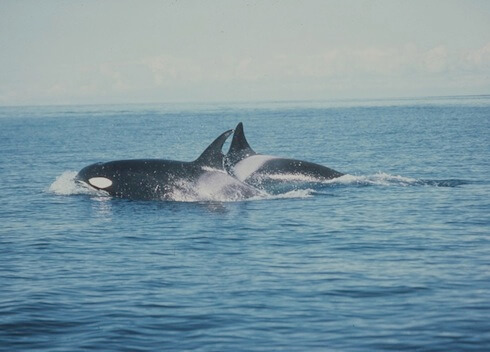A number of conservation projects aim to protect critical habitats for marine mammal populations with one of the objectives being to mitigate anthropogenic noise levels. Such noise pollution is one of the main threats to these animals that use sound in a number of their vital activities. A team of researchers has recently proposed a new approach: identify and protect habitats frequented by marine mammals that have remained untouched to date by human activities, i.e. relatively quiet places.
The study, published in the journal Marine Pollution Bulletin in September 2015, focused mainly on “calm” sites off the coast of British Columbia that could become “acoustic sanctuaries”, where the quietness would be preserved. The team established maps showing habitats at risk (high noise levels) and quiet habitats for about a dozen species of marine mammals (seals and cetaceans) in the region. These maps could potentially be used to establish speed restrictions for vessels or new shipping routes with the aim of curbing noise pollution.
According to biologist Rob Williams, one of the project initiators and co-founder of Oceans Initiative, these areas should be protected without delay, especially as they represent a relatively easy-to-achieve target in that they are still mostly unexploited by humans. One of the main issues when establishing marine protected areas is generally reconciling conservation with the human activities taking place there.
For over fifty years, human activities have completely altered the acoustic environment of the oceans through maritime shipping, military exercises and oil & gas activities. Marine mammals depend on sound for navigation, feeding, reproduction and socialization. Along with hunting, habitat loss and chemical contamination, noise is now recognized as one of the greatest threats to marine mammal survival.
Source:
Quiet(er) marine protected areas
To learn more :
“Acoustic Sanctuaries:” The Newest Way to Save the Whales
New study identifies acoustic sanctuaries for marine mammals
On Whales Online:





